A Visit to Japan's World Heritage Sites (Part II)
Catalogue
- The castle of Ryukyu Kingdom and Associated Heritage Groups
- Sacred Sites and Pilgrimage Routes in The Kii Mountain Range
- Shiretoko Peninsula
- Iwami Ginzan Silver Mine and Its Cultural Landscape
- Hiraizumi
- Bonin Islands
- Mount Fuji
- Tomioka Silk Factory and Silk Industry Heritage Group
- Japan's Industrial Revolution Heritages During The Meiji period
- National Museum of Western Art
- Sacred Island of Okinoshima and Associated Sites in The Munakata Region
Show More
Cultural heritage: Shuri Castle is one of the must-see attractions to Okinawa, which was once the capital and palace of the Ryukyu Kingdom. Ontake-san inside the castle and neighboring Tamaudun Mausoleum have been listed as the world cultural heritage sites by UNESCO. Date for listing as world cultural heritage site: December, 2000
Cultural heritage: Kii Mountain Range is a world heritage site crossing the three counties of Nara, Wakayama, and Mie, including temples, shrines, and pilgrimage routes inside the mountain. It is one of the only world heritage sites in the world that is related to the "Routes". This world heritage site consists of three spiritual sites, including Mount Koya, Mount Yoshino, and Mount Kinpusen-ji, which has been the holy land of Mountain Belief since ancient times. Date for listing as a world cultural heritage site: July, 2004
Natural heritage: Shiretoko Peninsula, located in the northeastern part of Hokkaido, is known as Japan's last secret region. As the Japan's national park, it has beautiful sceneries. There is not too much development here, with good ecology, homing to a lot of wildlife; moreover, it is also one of the places where brown bears appear. Date for listing as world cultural heritage site: July, 2005
Cultural heritage: Iwami Ginzan Silver Mine, located in Shimane County, is a silver mine which lasted for hundreds of years. It produces a very high output at one time, accounting for 30% of the world's total. This mine was closed more than 100 years ago. However, the mining and smelting sites remain intact, leaving no damage to the nature. Now, some of the mine caves are open for exploration, and they are worth of a deep walk into the ancient tunnels. Date for listing as world cultural heritage site: June, 2007
Cultural heritage: The full name of this world heritage site is "Hiraizumi, which are the architectures, gardens and archaeological sites representing the idea of pure land of Buddhism". Located in Iwate-ken prefecture , it is the first world heritage site in northeast Japan. Before that, Hiraizumi is a small village which has been little known to the Japanese. The cultural heritages of Hiraizumi are a series of religious architectures and gardens that were constructed before the middle ages of Japan. They represent the yearning of Fujiwara Kiyohira who is the ancestor of Mutsunokuni Fujiwara Lords for an ideal country, and entrusts his dream of creating a pure land of Buddhism. Date for listing as world cultural heritage site: June, 2011
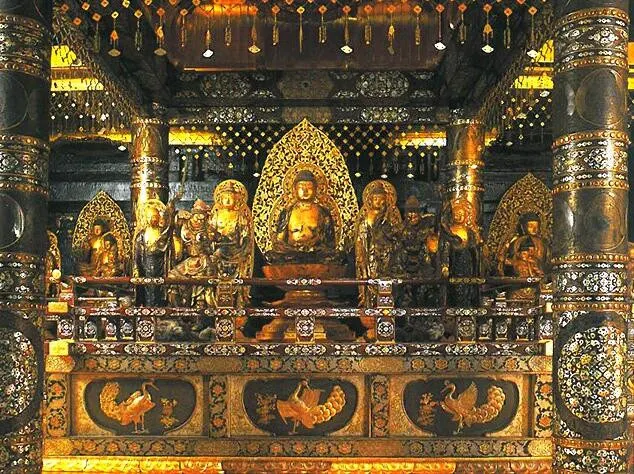
Natural heritage: Bonin Islands, located in located in the western Pacific Ocean, are more than 1,000 kilometers from Tokyo. But Bonin Islands are administered by Tokyo. Bonin Islands are composed of more than 30 large and small islands, which have been listed as the natural heritage because of their unique ecosystem. Date for listing as world cultural heritage site: June, 2011
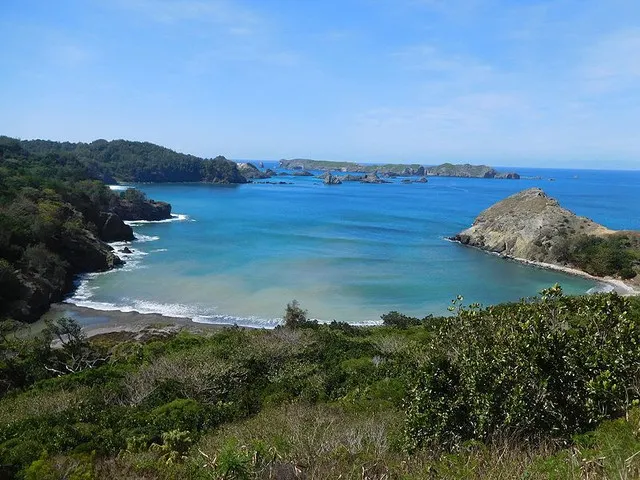
Cultural heritage: Mount Fuji, crossing Yamanashi-ken and Shizuoka-ken prefecture, is the highest mountain in Japan, at an elevation of 3,776 meters. Many people may think that Mount Fuji must be the natural heritage of Japanese. However, the application for natural heritage has not been approved for many years due to various reasons, and finally it has been listed as the natural heritage with the name of "the object of belief and the source of art". When visiting Mount Fuji, you can enjoy the Japanese mountain belief of the year of before last, and you can also view the true face of Mount Fuji as a symbol of Japan in paintings, e.g. Ukiyo-e. Date for listing as world cultural heritage site: June, 2019
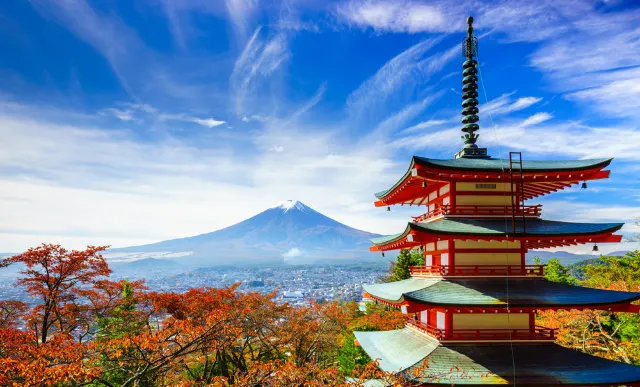
Cultural heritage: Tomioka silk factory, located in Gunma prefecture, is a state-owned silk reeling factory founded a century and a half ago. It is not only the industrial revolution industry representative, but also the symbol of Japan's modernization. It was opened to the public after the rectification in 2005. Date for listing as world cultural heritage site: June, 2019
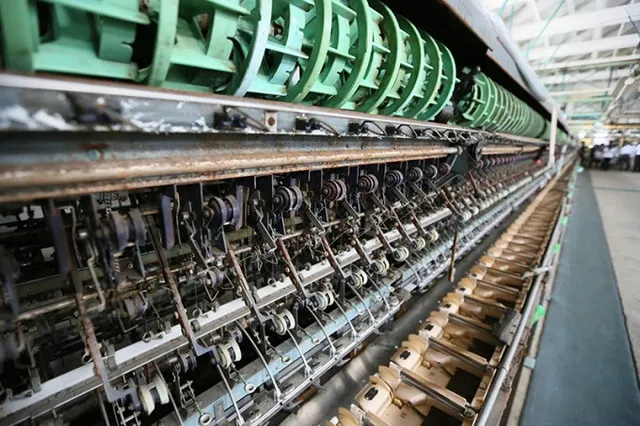
Cultural heritage: It is a world heritage site jointly claimed by the eight prefectures, including Fukuoka-ken, Saga-ken, Nagasaki-ken, Kagoshima, Yamaguchi-ken, Iwate-ken, and Shizuoka-ken prefecture, including coal, steel, and shipbuilding industries left over from the Meiji industrial revolution. There are 23 industrial facilities in total, which vividly reflects that Japan learned from the west and rapidly realized industrialization during the period of just over 50 years from 1853 to 1910. This is of great historical significance. Date for listing as world cultural heritage site: July, 2019
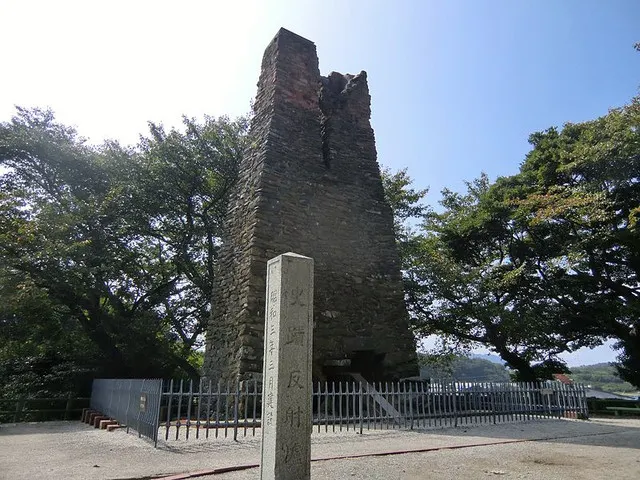
Cultural heritage: Actually, this is one of the Le Corbusier's buildings, which have been listed as the world heritage site. The other 17 Le Corbusier's masterpieces have been scattered around the world. It is also the first world cultural heritage site in Tokyo. The works of many famous artists are displayed in the museum, such as Monet's Water Lily and Rodin's Hell Gate. No matter the importance and quantity of works, it is the highest in Asia. Date for listing as world cultural heritage site: July, 2019
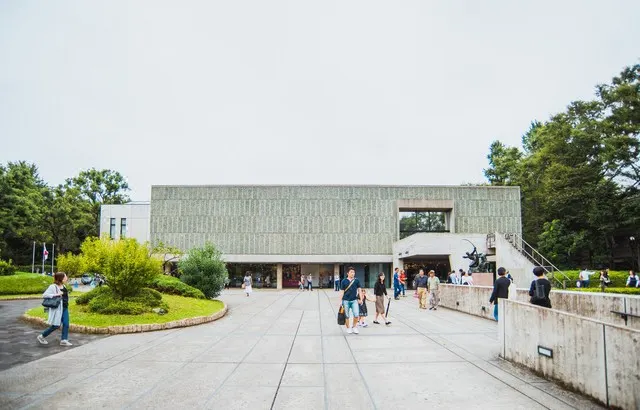
Cultural heritage: This is the new world heritage site of Japan, and it could also be a highly mysterious world heritage site. The world heritage includes Munakata Taisha beliefs of Okinoshima and Fukutsu, and historic sites related to Daiguji Munakata Lords. Tagiri Himenomikoto, one of the Three Goddesses of Munakata Princess, is worshiped in Okinoshima. The shrines of Munakata Taisha spread across the whole island. Till now, women are prohibited from visiting the island; men are also only allowed to visit the island on May 27 each year. The whole island is full of a strong Japanese religious characteristics Date for listing as world cultural heritage site: July, 2019
Trending Travelogues
Popular Trip Moments
Popular Attractions
Popular Ranked Lists
Popular Destinations
Recommended Attractions at Popular Destinations
About













of the year 2024
Site Operator: Trip.com Travel Singapore Pte. Ltd.



